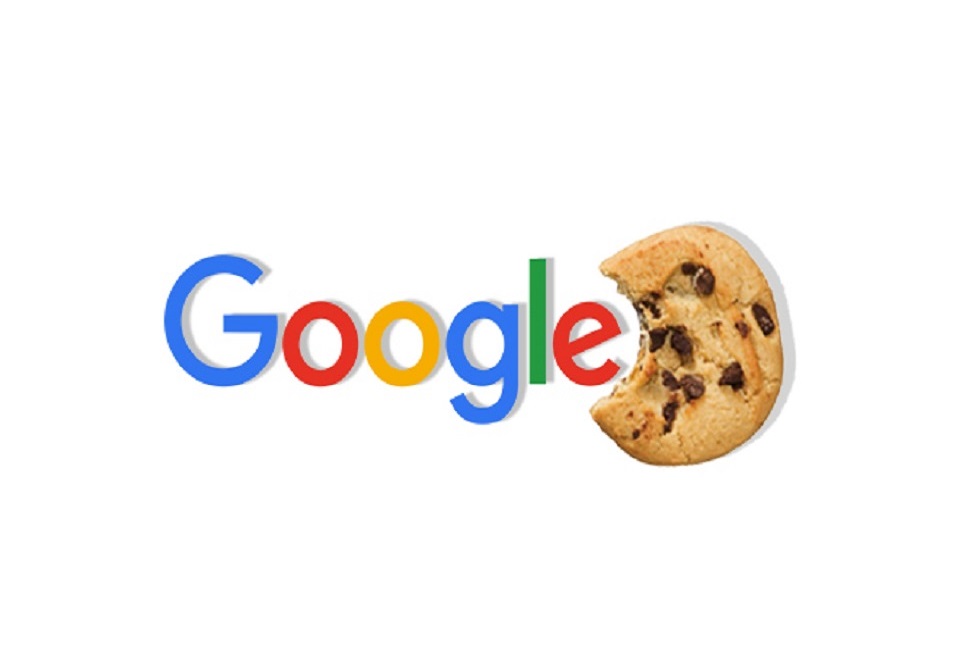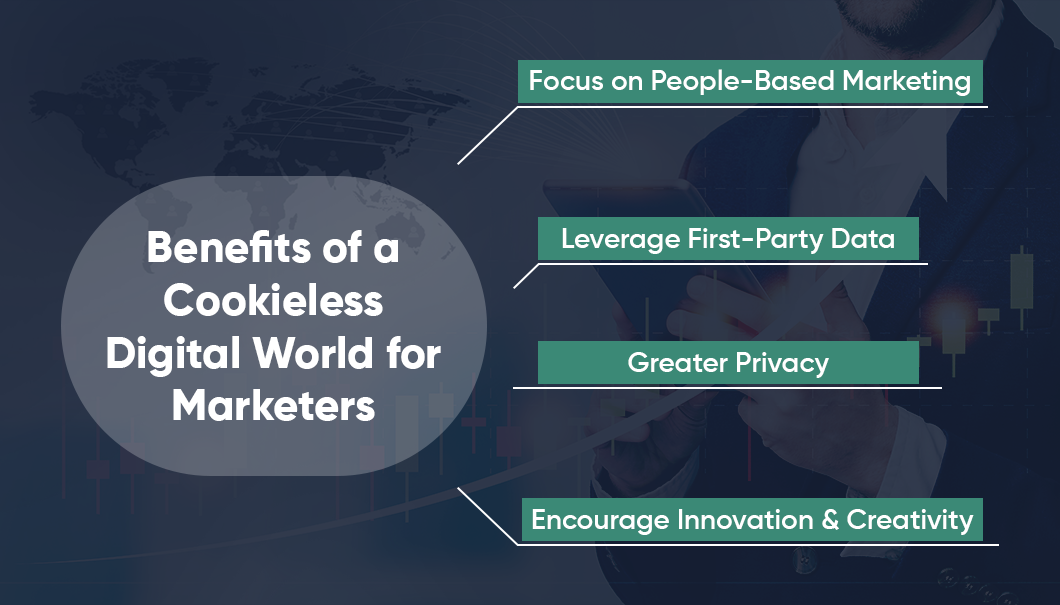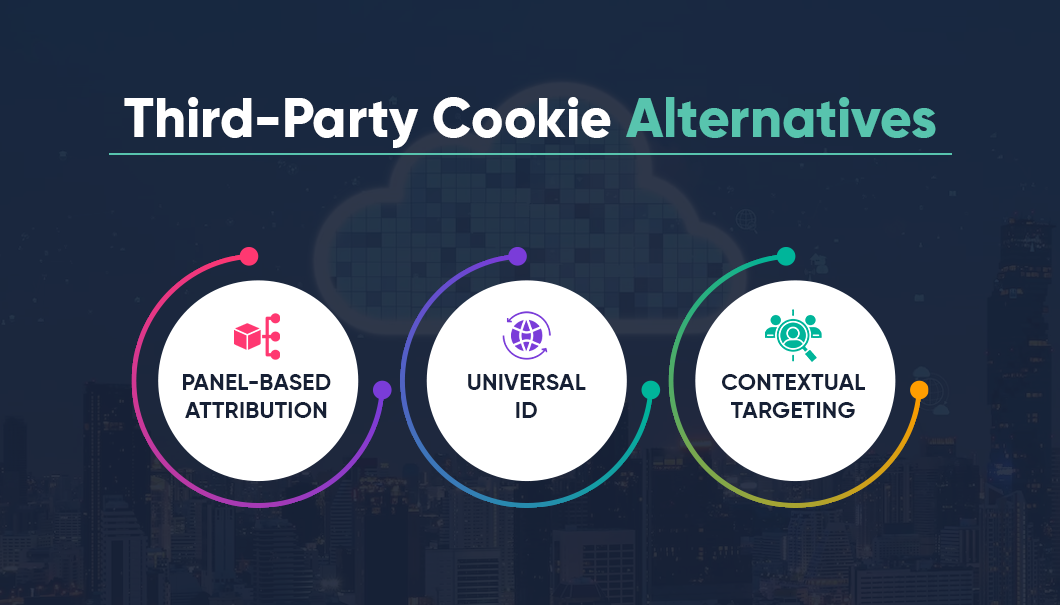Why Demise of Third-Party Cookies Can Make Marketing Great Again? | 05 Mar, 2020

As privacy becomes a high priority for the world’s biggest advertising platforms, it’s time next-gen AI-powered contextual targeting solutions pave the way.
Google is finally blocking third-party cookies in its Chrome web browser by the end of 2024. Though this will be a gradual phase-out, the process has already begun — Google Chrome is to limit cross-site tracking by default starting February 2020, planned with the release of Chrome 80.
This move is not a complete surprise, given the privacy controls and the new anti-fingerprinting technology Google announced for Chrome in May 2019.
This also forms part of Chrome’s Privacy Sandbox initiative launched in August 2019 where it invited the industry to co-create new open web standards that advance privacy while continuing to support the free internet.
Some could call this a response to competitive pressure, or more importantly a step to meet user demand for higher privacy.
Others debate that this is a calculated move that gives Google a great privacy storyline, and at the same time further strengthens its hold in the digital ads industry with access to all first-party data.
Third-party advertisers will now need to get on Google’s ad network to receive the data that will help them target the right users.
But the fact remains that the demise of third-party cookies is now real with a defined timeline. And it’s not necessarily bad.
What Wasn’t Great About Third-Party Cookies, to Begin with?
1. Cookie matching, used for syncing cookies to identify a unique user, isn’t perfect. When a cookie from one site is not passed to an advertising platform (which happens in 40 to 60% of cases), a part of the puzzle to create an appropriate match is missed.
2. Cookies only enable limited ‘matching’ capabilities and don’t unify the massive amount of data that needs to be synced across the advertising ecosystem for earnest personalized experiences.
3. Cookies are limited for tracking consumer journeys across multiple devices and browsers, resulting in incomplete data. A 2018 study found that unique reach can be overestimated by up to 50% when relying solely on a cookie or device-based identifiers.
4. Due to a reduction in ad visibility, those who do see your ads are being exposed to a higher frequency of ads than intended. This means that your target audience is likely to receive approximately double the number of ads that were originally intended.
5. Also, a majority of tracking cookies are already rejected by browsers anyway. Over 66% of mobile devices don’t accept cookies leading to marketers already missing out on a critical audience segment, mobile users.
6. Moreover, cookies place over-reliance on the bottom funnel, with ad placements that cannot effectively convey the brand’s message in cluttered environments.
How Can Marketers Benefit from a Cookieless Digital World?

With the decline of cookie-based marketing, marketers must shift their focus back to people-based marketing and recognize their audience as individuals rather than cookie pools.
To fill the gap, context-based media buying will emerge as a strategy to locate environments where target audiences gather. This approach will allow marketers to leverage quality first-party data instead of unreliable third-party data.
Despite this shift, some marketers may still prioritize last-click performance and Google’s Privacy Sandbox offers hope for this segment by providing tracking models with greater privacy.
Furthermore, stakeholders in the advertising ecosystem are expected to collaborate to find alternative solutions for delivering targeted ads across websites in a cookie-less environment.
While targeting and attribution will remain possible, significant changes will be necessary to achieve this in the absence of cookies.
Alternative Targeting Options in a Cookieless World

A cookie-less future is not as bleak as it sounds. Marketers already have options available, some of these are:
1. Panel-Based Attribution
It gives a picture of the online behavior of users over long periods. It allows advertisers to effectively map demographics and segments, understand user behavior and find users with similarities to customers. The panel-based attribution faces some fundamental challenges such as difficulty in working at a viable level, difficulty in extrapolating large and dispersed audiences, and problems with data efficacy.
2. Universal ID
This involves the identification of users based on deterministic matching. This is in contrast to the probabilistic matching approach used by cookies. But this will require collaboration between the vendors along with the development of standards.
3. Contextual Targeting
Contextual advertising allows advertisers to place ads based on-page contextual triggers, rather than affinities and past browsing behavior. This method displays only those ads that are relevant to the content, and hence, increases engagement by capitalizing on the user’s current state of mind.
For example, if a brand wants to sell its kitchen mixer, then it can have its ads placed on websites that have content about kitchen mixers, kitchen appliances, recipes, food items that involve the use of mixers, etc.
In the post-cookie world, contextual advertising will be the most viable advertising strategy. Not only does it significantly increase user engagement, but also bypasses the use of personal data and user privacy breaches.
AI and Computer Vision is Powering the Next Gen Contextual Targeting
Traditionally contextual advertising has been built around natural language processing (NLP), placing ads by detecting text-based contexts. This is how Google banner ads also work.
But NLP is not a perfect science, considering the complex nature of human language, where words can convey different meanings and intentions — difficult for a machine to understand.
Emerging AI and computer vision-powered tech now offer immense contextual possibilities, which are much more relevant. Contextual in-image and in-video advertising involve displaying ads for a page or video in-line with the content the user is actively engaging with.
For example, in a streaming video, the tech can recognize a scene (i.e. someone holding a pair of Nike shoes, or a brand) and a relevant ad can appear alongside it.
Computer vision-powered context detection completely transcends the use of cookies and or any personal data. Making contextual targeting future-ready, even on platforms like Facebook and YouTube— as these platforms come as much in the purview of data infringement as the third-party cookies today do. And will most likely move to privacy-enabled advertising models in the future.

BLOGS
Migrate from Oracle to Silverpush: Unlock Advanced Contextual Advertising Solutions
The news that Oracle plans to shut down its advertising business by the end of September has sent shockwaves through the ad industry. Once the most prominent advertising data seller in the market, Oracle is now closing its advertising division. This included Datalogix for offline consumer data, Grapeshot for contextual ...

BLOGS
Cannes 2024 Recap: Silverpush Takes AI Discussions to the French Riviera
As Cannes 2024 concludes, the echoes of vibrant discussions, insightful panels, and significant meetings continue to resonate. This year’s central theme was clear: AI's growing dominance in advertising solutions, optimizing campaigns for business outcomes, and reaching audiences effectively across various screens. With videos becoming increasingly digital, the potential for more addressable ...

BLOGS
UK Programmatic Advertising Spending & Trends in 2024
In 2023, programmatic advertising spending in the UK reached roughly £30.6 billion. The programmatic display advertising market is projected to grow by 12.6% in 2024, bringing it to within just four percentage points of becoming fully programmatic. This highlights how integral this technology has become to the UK ad industry. ...







